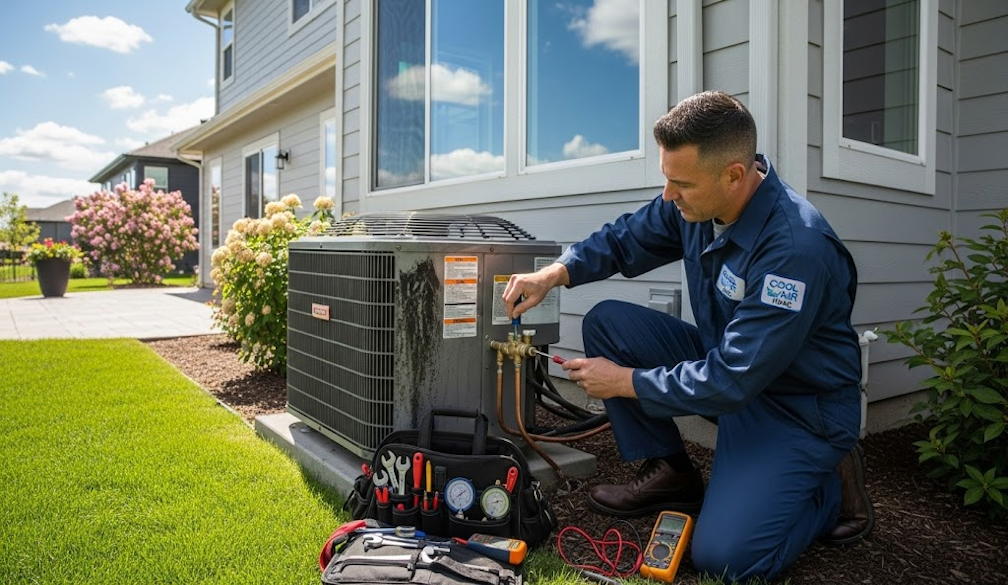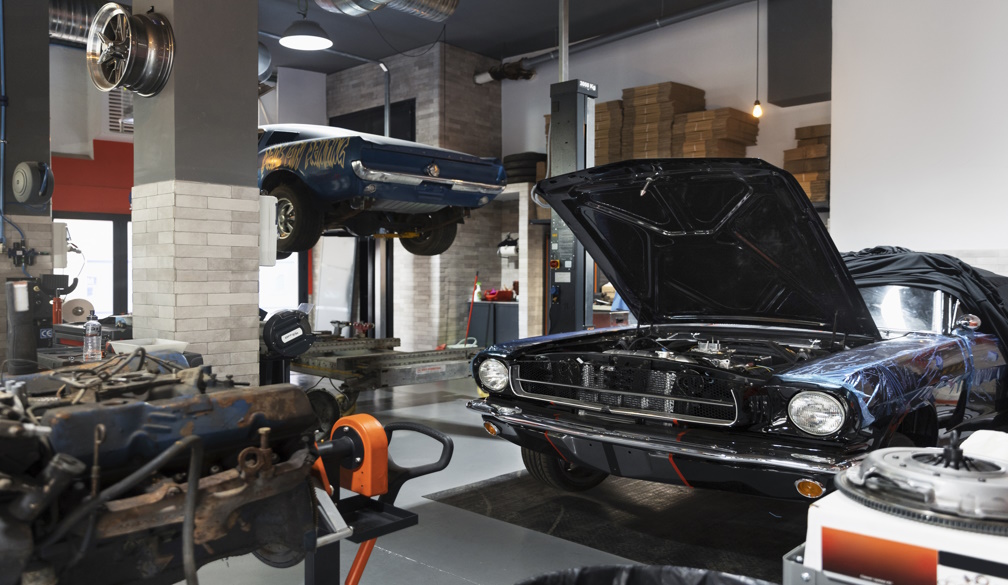Australian parents are helping their kids buy a first home with less money, but more rent-free living
- Written by Rachel Ong ViforJ, John Curtin Distinguished Professor & ARC Future Fellow, Curtin University
As many young Australians struggle to enter the housing market, research shows the “bank of mum and dad” is often called on to help.
But what kind of financial support are parents willing to offer their kids? And how has that changed over time?
That’s what our recent survey of 1,725 Australian parents – mostly aged 45 to 64 – sought to find out.
More parents are stepping in
Despite the growing body of research showing young people’s reliance on their parents to help buy their first home, we still don’t know enough about how parents are helping their children.
This includes how much parents are dipping into their own pockets to fund this assistance, and what the financial implications might be for parents who do so.
Earlier this year, we sought to find out more using Qualtrics, an online platform used for survey research. Of the 1,725 parents who responded to our survey, 61% were aged 45-64, while 34% were 65-69, and 5% were under 45.
We started by asking if they had done anything to help at least one of their three eldest kids buy their first home.
More than half of the 1,725 respondents – or 994 parents – said yes, they had helped at least one of their kids.
Of those whose children bought more than ten years ago, 44% had helped.
If their children bought within five to ten years ago, 50% had helped.
And if their children had bought within the past five years, an even higher share – 58% – had helped their children buy their first home.
(Note: some parents surveyed helped multiple children in different time periods.)
Rent-free living overtakes gifts
Our survey found living rent-free in the family home has become the number one way parents helped in the past five years.
Cash gifts are still crucial, but less common than a decade ago.
These findings are part of a wider, yet-to-be published study of parents’ attitudes and motivations on assisting their children into homeownership. They offer timely insights into how families are responding to one of the biggest challenges facing young people: unaffordable housing leading to declining homeownership rates.
Our study sample was not designed to be nationally representative of all Australian parents, as our primary interest was in those who’ve helped children buy their first home. However, quotas were applied on income, region and ethnicity to ensure sufficiently diverse representation.
Broader trends emerging over time
Looking at all 994 parents who said they’d helped at least one of their children buy a home over the past decade or more, some longer-term trends emerged.
Over the past ten or more years, around one in five children (22%) of the parents we surveyed received more than one type of help. The most common combinations paired direct help – gifts, loans, guarantorship – with rent-free living.
Both homeowning and renting parents said they had helped their children. But homeowning parents were more likely to assist in financial resource-intensive ways, such as cash gifts and loans, while renting parents tended to help in other ways, such as letting children live at home rent-free.
The use of loans rose sharply with parental income, spiking to 41% among those with parental incomes above $200,000.
Children of higher-income parents were also more likely to benefit from rent-free accommodation in their parents’ second or investment home. This is a distinct advantage, as this support is likely to more than double the odds of private renters of becoming homeowners.
The survey also explored where the money comes from when parents provide financial gifts or loans.
The majority (78%) of parents who offered cash gifts over the past decade or more drew on their savings.
Among those who offered loans, a much smaller share (46%) drew from savings; nearly one in three (29%) drew down on their own home equity; while another 12% drew equity from a second property.
A few parents went further
Thirty-six parents surveyed reported taking “other” measures to help their children access homeownership. Seven (19%) said they had co-purchased homes with their children, or entered into loans as co-borrowers using their own home as collateral.
Three (8%) said they had signed their house or another property over entirely to their children.
Another three (8%) gave their children early inheritances, passing on intergenerational wealth earlier than usual.
An entrenched wealth divide
The benefits of parental homeownership are now transmitted across generations. Parents giving cash gifts or loans are drawing down from multiple sources of assets, including their own savings, home equity and superannuation.
Homeowning and higher-income parents are better resourced to assist their children through cash gifts and loans, but these are not risk-free. Aside from the potential financial burden, the lack of legal protections for the “bank of mum and dad” expose older Australians to the risk of financial abuse.
Finally, significant numbers of young people do not have well-resourced parents who can support their homeownership aspirations. As the importance of parental assistance grows, this will widen an intra-generational housing wealth gap between young people with and without access to the bank of mum and dad.
Authors: Rachel Ong ViforJ, John Curtin Distinguished Professor & ARC Future Fellow, Curtin University



















